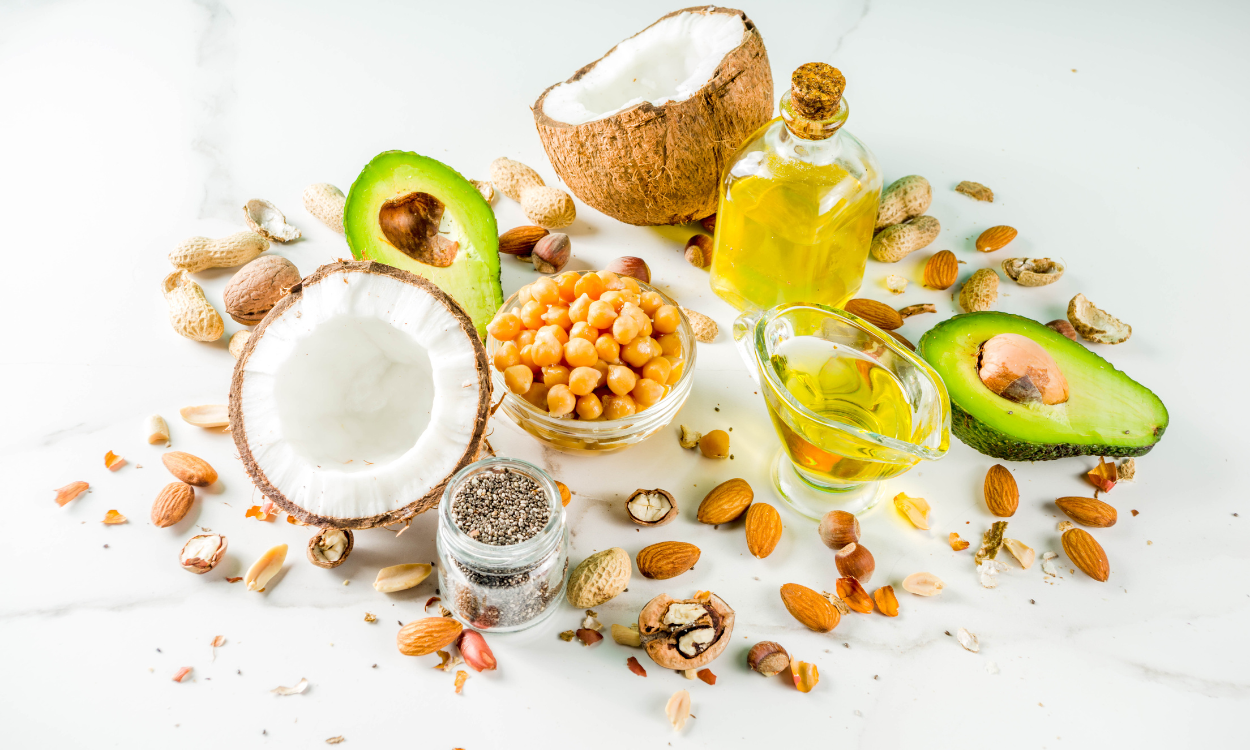Single cell protein (SCP) production is an emerging and innovative method in the food industry that utilizes microorganisms to produce a high-quality protein source. SCP production offers a sustainable solution to the growing demand for protein, especially as traditional sources such as livestock farming face challenges related to resource scarcity and environmental impact. By harnessing the power of microorganisms, industries can efficiently convert various raw materials, including agricultural by-products and waste streams, into a nutritious and versatile protein alternative. This technology has the potential to revolutionize the food industry by providing a scalable and environmentally friendly approach to protein production. In this article, we will explore the process of single cell protein production in industry, its advantages, challenges, and future prospects.

Challenges in Large-Scale Production of Single Cell Protein
The main challenges faced in large-scale production of single cell protein (SCP) include optimizing the fermentation process, ensuring high yield and quality of SCP, developing cost-effective and sustainable feedstock, and overcoming regulatory and consumer acceptance barriers. The fermentation process needs to be optimized for maximum growth and productivity of the SCP-producing microorganisms, while maintaining the desired nutritional profile. Achieving consistent and high yields of SCP is crucial to make the production economically viable. Additionally, finding suitable and sustainable feedstock sources that are environmentally friendly and do not compete with food crops is a challenge. Furthermore, regulatory frameworks need to be established to ensure safety and quality of SCP as a novel food ingredient, and consumer acceptance and awareness regarding SCP need to be addressed to promote its adoption.

What is the most effective method for optimizing the nutritional value of single cell protein?
The most effective method for optimizing the nutritional value of single cell protein is through genetic engineering and biotechnological techniques. This involves modifying the genes of the microorganisms used to produce the protein, enhancing their ability to synthesize specific nutrients or amino acids. By selecting and altering the appropriate genes, scientists can improve the protein quality, increase essential amino acid content, and reduce anti-nutritional factors. Additionally, optimizing growth conditions, such as the nutrient composition of the culture medium and environmental parameters, can further enhance the nutritional value of the single cell protein. Overall, a combination of genetic modifications and controlled cultivation conditions offers the greatest potential for maximizing the nutritional value of single cell protein.
How can the taste and texture of single cell protein be improved to make it more appealing to consumers?
To improve the taste and texture of single cell protein and make it more appealing to consumers, several approaches can be employed. Firstly, flavor enhancers such as herbs, spices, and natural flavorings can be added to mask any undesirable tastes and enhance the overall flavor profile. Additionally, using different fermentation techniques or modifying the cultivation conditions can help in altering the texture of the protein. For instance, adjusting the composition of the growth medium or varying the duration of fermentation can result in a more desirable texture. Furthermore, incorporating the protein into familiar food products or combining it with other ingredients can also help in improving its palatability and acceptance among consumers. Overall, continuous research and development efforts focused on understanding consumer preferences, experimenting with different processing techniques, and innovating with ingredient combinations are key to enhancing the taste and texture of single cell protein for widespread consumer acceptance.
What is the environmental impact of single cell protein production compared to traditional animal-based protein sources?
The environmental impact of single cell protein production is generally considered to be more sustainable and environmentally friendly compared to traditional animal-based protein sources. Single cell protein production involves the cultivation of microorganisms such as bacteria, algae, or yeast to produce protein-rich biomass. It requires significantly less land, water, and energy inputs than livestock farming, thereby reducing deforestation, water pollution, and greenhouse gas emissions. Additionally, single cell protein production has the potential to use waste streams or non-agricultural land, further minimizing its environmental footprint.
How does the cost of producing single cell protein compare to traditional protein sources?

The cost of producing single cell protein is generally lower compared to traditional protein sources. Traditional protein sources, such as meat and dairy products, involve complex and resource-intensive processes like animal farming, which require land, water, feed, and energy inputs. Single cell protein, on the other hand, can be produced using microbial fermentation techniques, where microorganisms are grown in controlled conditions. This process is more efficient and requires fewer resources, resulting in reduced production costs for single cell protein. Additionally, single cell protein production can be done on a smaller scale and in more varied locations, further contributing to cost savings.

Are there any potential health risks associated with consuming single cell protein?
There are potential health risks associated with consuming single cell protein (SCP). While SCP is a promising source of protein, its safety depends on various factors such as the specific microorganism used for production, the method of cultivation, and the presence of any contaminants. Some concerns include allergic reactions to certain strains single cell protein production in industry of microorganisms, the possibility of toxic byproducts or metabolites being present in the SCP, and the risk of contamination during the manufacturing process. Therefore, it is important to ensure rigorous quality control measures and thorough testing to minimize any potential health risks before SCP can be considered safe for consumption.
How can the scalability of single cell protein production be increased to meet the growing demand for alternative protein sources?
In order to increase the scalability of single cell protein production to meet the growing demand for alternative protein sources, several strategies can be employed. Firstly, advancements in bioreactor technology can be made to maximize the yield and efficiency of protein production from single cells. This includes optimizing the design, size, and operating conditions of the bioreactors to enhance productivity. Secondly, genetic engineering techniques can be utilized to develop high-yielding strains of single cells that can produce larger quantities of protein. This involves modifying the genetic makeup of the cells to enhance their protein synthesis capabilities. Additionally, improving the fermentation processes and nutrient supply for the single cells can help optimize their growth and protein production. Lastly, implementing sustainable and cost-effective downstream processing methods, such as filtration, purification, and drying, can enable efficient extraction and purification of the produced proteins at a larger scale. By integrating these approaches, the scalability of single cell protein production can be significantly increased to meet the rising demand for alternative protein sources.

What is the regulatory framework surrounding the production and sale of single cell protein in different countries?

The regulatory framework surrounding the production and sale of single cell protein (SCP) varies across different countries. In general, SCP is classified as a novel food or ingredient that requires regulatory approval before it can be commercialized. The specific regulations and requirements depend on the country's food safety and regulatory agencies. These agencies assess the safety, nutritional composition, labeling, and production processes of SCP products. Some countries may have specific guidelines for SCP derived from different microorganisms, while others may treat it similarly to traditional food ingredients. Additionally, some countries may require specific labeling or marketing claims related to SCP's origin, sustainability, or health benefits. Overall, the regulatory framework aims to ensure the safety, quality, and transparency of SCP production and sale, while also promoting innovation and sustainable food solutions.
The Future is Bright: Single Cell Protein Production Revolutionizes the Industry
In conclusion, single cell protein production has emerged as a promising and sustainable solution to address the growing demand for protein in the industry. It offers numerous advantages such as efficient resource utilization, reduced environmental impact, and versatility in product applications. With advancements in biotechnology and genetic engineering, the potential for further optimization and diversification of single cell protein production is immense. As research and investment in this field continue to expand, it is likely that single cell protein will become an integral component of the food and feed industries, contributing to global food security and the transition towards a more sustainable future.
